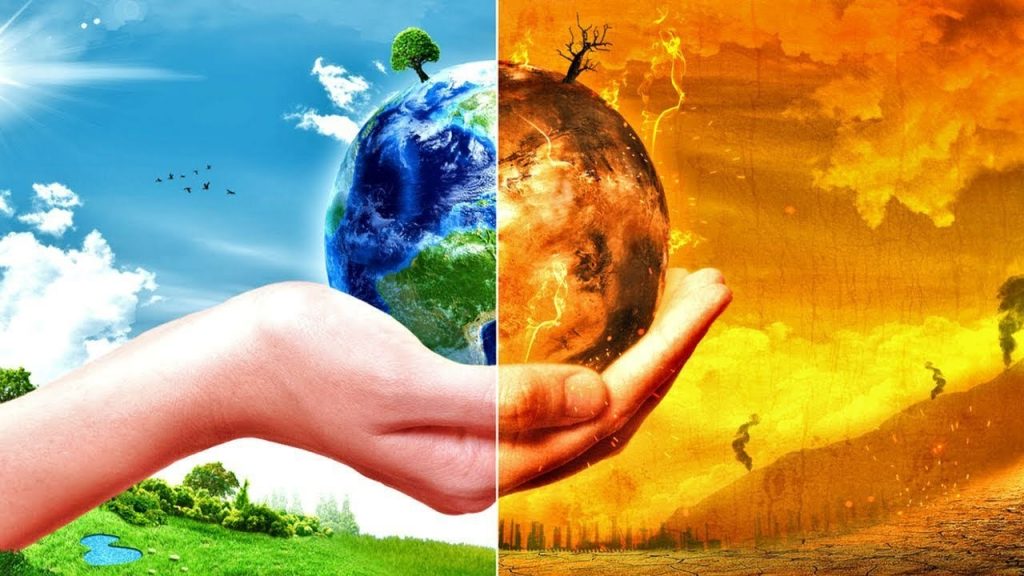Global warming is one of the most discussed and debated topic all over the world. It surely causes a lot of changes in the earth climate, land and its habitats. So what Global Warming is all about?
Global warming is the term used to describe a gradual increase in the average temperature of the Earth’s atmosphere and its oceans, a change that is believed to be permanently changing the Earth’s climate. There is a rise in the average temperature of the Earth’s climate system the global surface temperature is likely to rise a further 0.3 to 1.7 °C in the lowest emissions scenario, and 2.6 to 4.8 °C in the highest emissions scenario. Over the past 50 years, the average global temperature has increased at the fastest rate in recorded history.
Multiple lines of scientific evidence show that the climate system is warming. Many of the observed changes since the 1950s are unprecedented in the instrumental temperature record, and in paleo – climate proxy records of climatic change over thousands to millions of years.
Reasons and Causes for Global Warming:
Carbon dioxide emissions from fossil fuel burning power plants:
Our ever increasing addiction to 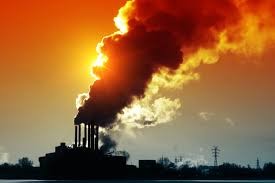 electricity from coal burning power plants releases enormous amounts of carbon dioxide into the atmosphere. 40% CO2 emissions come from electricity production, and burning coal accounts for 93% of emissions from the electric utility industry. Every day, more electric gadgets flood the market, and without widespread alternative energy sources, we are highly dependent on burning coal for our personal and commercial electrical supply.
electricity from coal burning power plants releases enormous amounts of carbon dioxide into the atmosphere. 40% CO2 emissions come from electricity production, and burning coal accounts for 93% of emissions from the electric utility industry. Every day, more electric gadgets flood the market, and without widespread alternative energy sources, we are highly dependent on burning coal for our personal and commercial electrical supply.
Deforestation especially tropical forests for wood, pulp, and farmland:
Deforestation in tropical rain 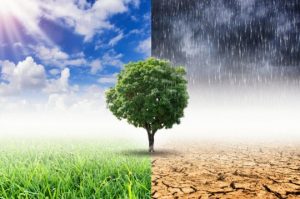 forests adds more carbon dioxide to the atmosphere than the sum total of cars and trucks on the world’s roads. The reason that logging is so bad for the climate is that when trees are felled they release the carbon they are storing into the atmosphere, where it mingles with greenhouse gases from other sources and contributes to global warming accordingly. The upshot is that we should be doing as much to prevent deforestation as we are to increase fuel efficiency and reduce automobile usage.
forests adds more carbon dioxide to the atmosphere than the sum total of cars and trucks on the world’s roads. The reason that logging is so bad for the climate is that when trees are felled they release the carbon they are storing into the atmosphere, where it mingles with greenhouse gases from other sources and contributes to global warming accordingly. The upshot is that we should be doing as much to prevent deforestation as we are to increase fuel efficiency and reduce automobile usage.
Rise in sea levels worldwide:
Scientists predict an increase in sea levels 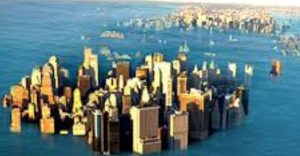 worldwide due to the melting of two massive ice sheets in Antarctica and Greenland, especially on the East coast of the U.S. However, many nations around the world will experience the effects of rising sea levels, which could displace millions of people. One nation, the Maldives, is already looking for a new home, thanks to rising sea levels
worldwide due to the melting of two massive ice sheets in Antarctica and Greenland, especially on the East coast of the U.S. However, many nations around the world will experience the effects of rising sea levels, which could displace millions of people. One nation, the Maldives, is already looking for a new home, thanks to rising sea levels
Massive crop failures:
According to recent research, there is a 90% chance that  3 billion people worldwide will have to choose between moving their families to milder climes and going hungry due to climate change within 100 years. One of the main causes of this will be the spread of desertification, and its accompanying effects.
3 billion people worldwide will have to choose between moving their families to milder climes and going hungry due to climate change within 100 years. One of the main causes of this will be the spread of desertification, and its accompanying effects.
Widespread extinction of species:
According to research published in Nature, by 2050, rising temperatures could lead to the extinction of more than a million species. 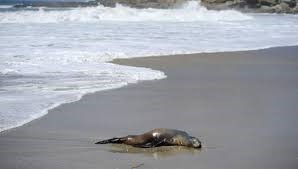 And because we can’t exist without a diverse population of species on Earth, this is scary news for humans. This 6th mass extinction is really just a continuation of the Holocene extinction which began at the end of the last ice age and has resulted in the extinction of nearly all of the Earth’s mega fauna animals, largely as a result of human-expansion.
And because we can’t exist without a diverse population of species on Earth, this is scary news for humans. This 6th mass extinction is really just a continuation of the Holocene extinction which began at the end of the last ice age and has resulted in the extinction of nearly all of the Earth’s mega fauna animals, largely as a result of human-expansion.
Effects of Global Warming:
- Ice is melting worldwide, especially at the Earth’s poles. This includes mountain glaciers, ice sheets covering West Antarctica and Greenland, and Arctic sea ice.
- Many species have been impacted by rising temperatures. For example, researcher Bill Fraser has tracked the decline of the Adélie penguins on Antarctica, where their numbers have fallen from 32,000 breeding pairs to 11,000 in 30 years.
- The sea level has been rising more quickly over the last century.
- Some butterflies, foxes, and alpine plants have moved farther north or to higher, cooler areas.
- Precipitation (rain and snowfall) has increased across the globe, on average.
- Some invasive species are thriving. For example, spruce bark beetles have boomed in Alaska thanks to 20 years of warm summers. The insects have chewed up 4 million acres of spruce trees.
- Sea levels are expected to rise between 7 and 23 inches (18 and 59 centimeters) by the end of the century, and continued melting at the poles could add between 4 and 8 inches (10 to 20 centimeters).
- Hurricanes and other storms are likely to become stronger.
- Floods and droughts will become more common. Rainfall in Ethiopia, where droughts are already common, could decline by 10 percent over the next 50 years.
- Less fresh water will be available. If the Quelccaya ice cap in Peru continues to melt at its current rate, it will be gone by 2100, leaving thousands of people who rely on it for drinking water and electricity without a source of either.
- Some diseases will spread, such as mosquito-borne malaria (and the 2016 resurgence of the Zika virus). Ecosystems will change: Some species will move farther north or become more successful; others won’t be able to move and could become extinct.
Wildlife research scientist Martyn Obbard has found that since the mid-1980s, with less ice on which to live and fish for food, polar bears have gotten considerably skinnier. Polar bear biologist Ian Stirling has found a similar pattern in Hudson Bay. He fears that if sea ice disappears, the polar bears will as well.
Ways to reduce Global Warming:
- Power your home with renewable energy: Choose a utility company that generates at least half its power from wind or solar and has been certified by Green-e Energy, an organization that vets renewable energy options. If that isn’t possible for you, take a look at your electric bill; many utilities now list other ways to support renewable sources on their monthly statements and websites.
- Purchase energy efficient products:
The most efficient way to reduce the global warming is to suggest various measures for the energy conservation. If you are planning to buy a new car choose the one that offers the good gas mileage. Get your car and other vehicles serviced periodically. Than the home energy accounts to biggest cause of global warming. Avoid products that come with the excessive packages, which cannot be recycled. If you save garbage at your house, you can save large amount of carbon-di-oxide annually. Turn off the heaters, air conditioners, coolers when not in use. - Reduce water waste: Saving water reduces carbon pollution, too. That’s because it takes a lot of energy to pump, heat, and treat your water. So take shorter showers, turn off the tap while brushing your teeth, and switch to Water Sense-labeled fixtures and appliances.
- Buy better bulbs: LED light bulbs use up to 80 percent less energy than conventional incandescent. They’re also cheaper in the long run.
- Using recyclable products: Start using recyclable products instead of disposables. By this you can reduce the waste which ultimately leads to global warming. You can buy those products from the market, which ca be reused. However there are methods to recycle certain products such as plastic, glass and aluminum cans, paper and newspapers.
- Tree plantation: Grow trees in and around your house to lower down the temperature of your house. In fact, tree plantation is the best possible way to combat global warming. They absorb the carbon-di-oxide and gives off oxygen. They also absorb the harmful gases generated by the vehicles.
- Reducing pollution: When you have to cover the shorter distance prefer walking or biking, which saves gasoline and reduces pollution caused by the vehicles. As the main reason for the increase in the global warming is the the gases emitted by the vehicles which has severely damage the ozone layer. And due to this the, the ultra violet rays and other harmful rays from the sun reaches out the earth causing the problem of global warming. Another way to reduce the air pollution caused by the industries into t
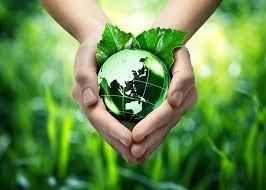 he atmosphere is to use the low Sulphur fuels instead of fossil fuels. Than there should be strict control on the emission of harmful gases from the industries. Recently IPCC (The Intergovernmental Panel on Climate Change) at Incheon, South Korea makes clear that the goal of limiting warming to
he atmosphere is to use the low Sulphur fuels instead of fossil fuels. Than there should be strict control on the emission of harmful gases from the industries. Recently IPCC (The Intergovernmental Panel on Climate Change) at Incheon, South Korea makes clear that the goal of limiting warming to C will help to ensure a more sustainable and equitable society. Finance, international collaboration and technology are the key enablers to ensure that countries can step up their climate action. The IPCC’s report, ‘Global Warming of
C’ an out come of Paris Agreement goal to limit the global temperature rise to this century to well below
C above pre industrial levels and in pursue efforts to cap the temperature increase at
C, could create conditions to resolve this issues. The climate related risks are larger if global warming exceeds
C. Countries need to bring down their green house gas to about half of 2010 levels by 2030 and to net zero by about 2050. This goal will require aggressive efforts by countries , requires rapid and far reaching transitions in energy, land, urban and infrastructure and industrial system. Limiting the temperature would make it easier to achieve the United Nations Sustainable Development Goal. Its benefits would include lowering the rise in global sea level by 10 cm, the likelihood of an Arctic ocean free of sea ice in summer once a century compared with at least once per decade and limiting the decline of coral reefs to 70 – 90 % instead of 99%. Every extra bit of warming matters because of risk associated with long lasting or irreversible changes.

